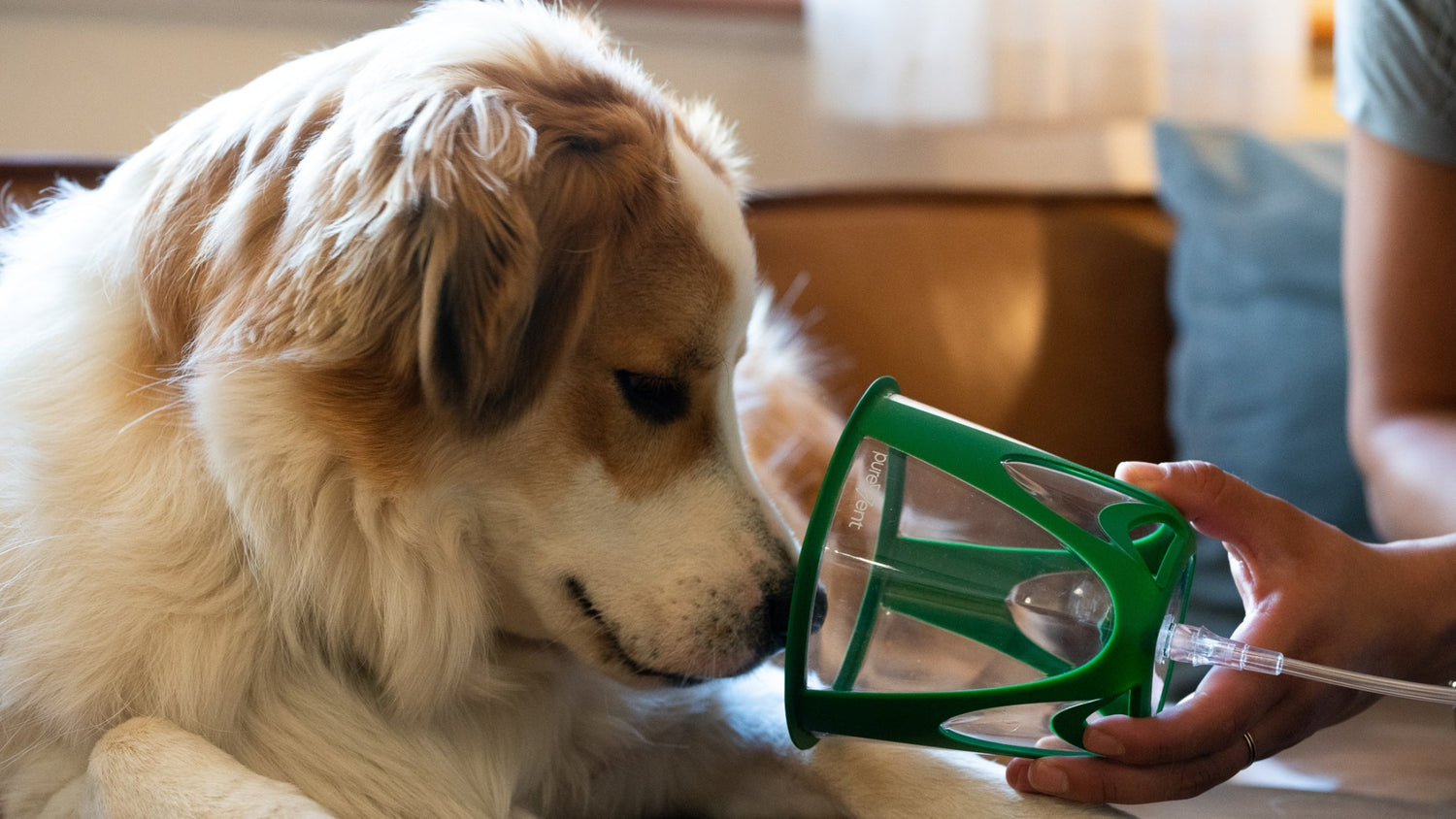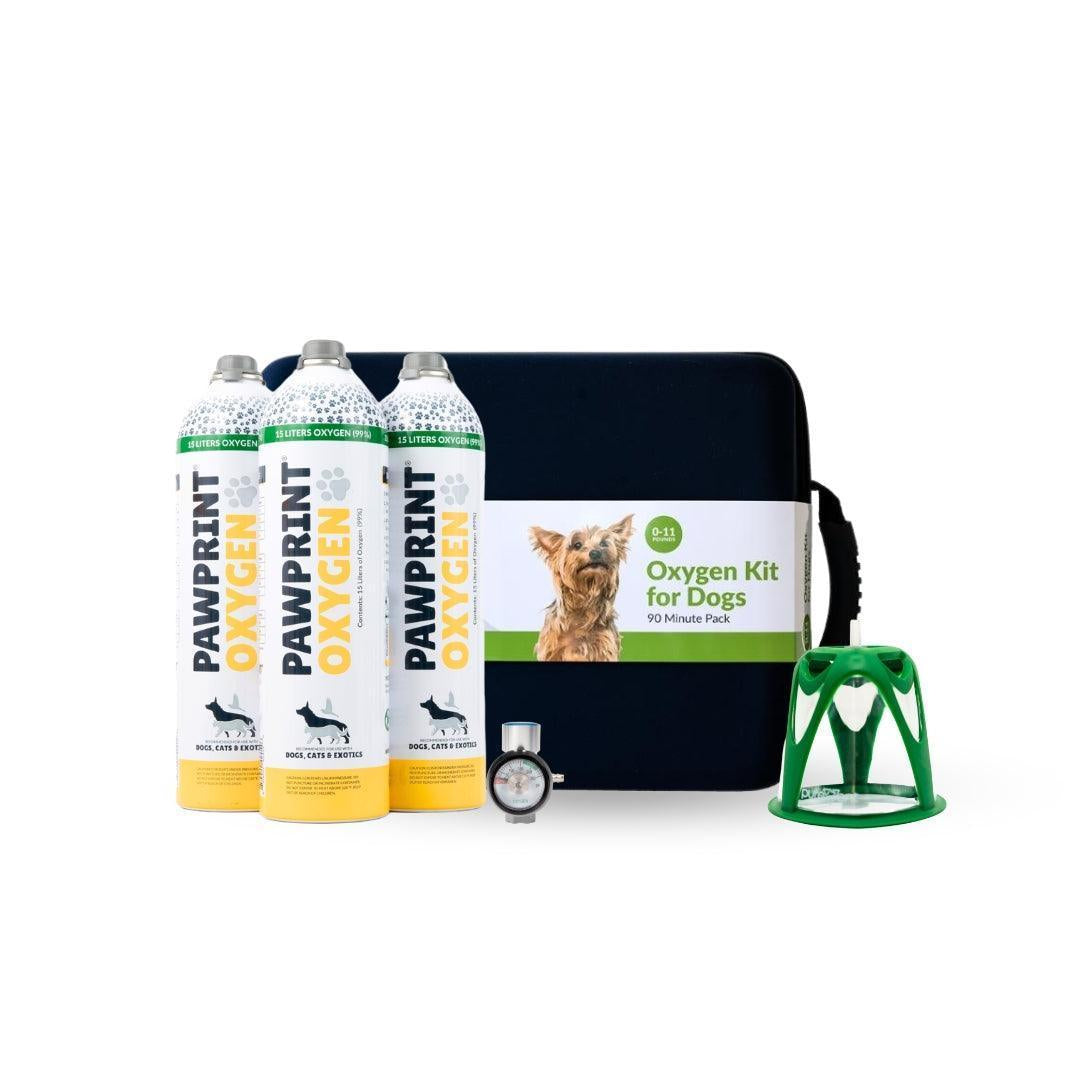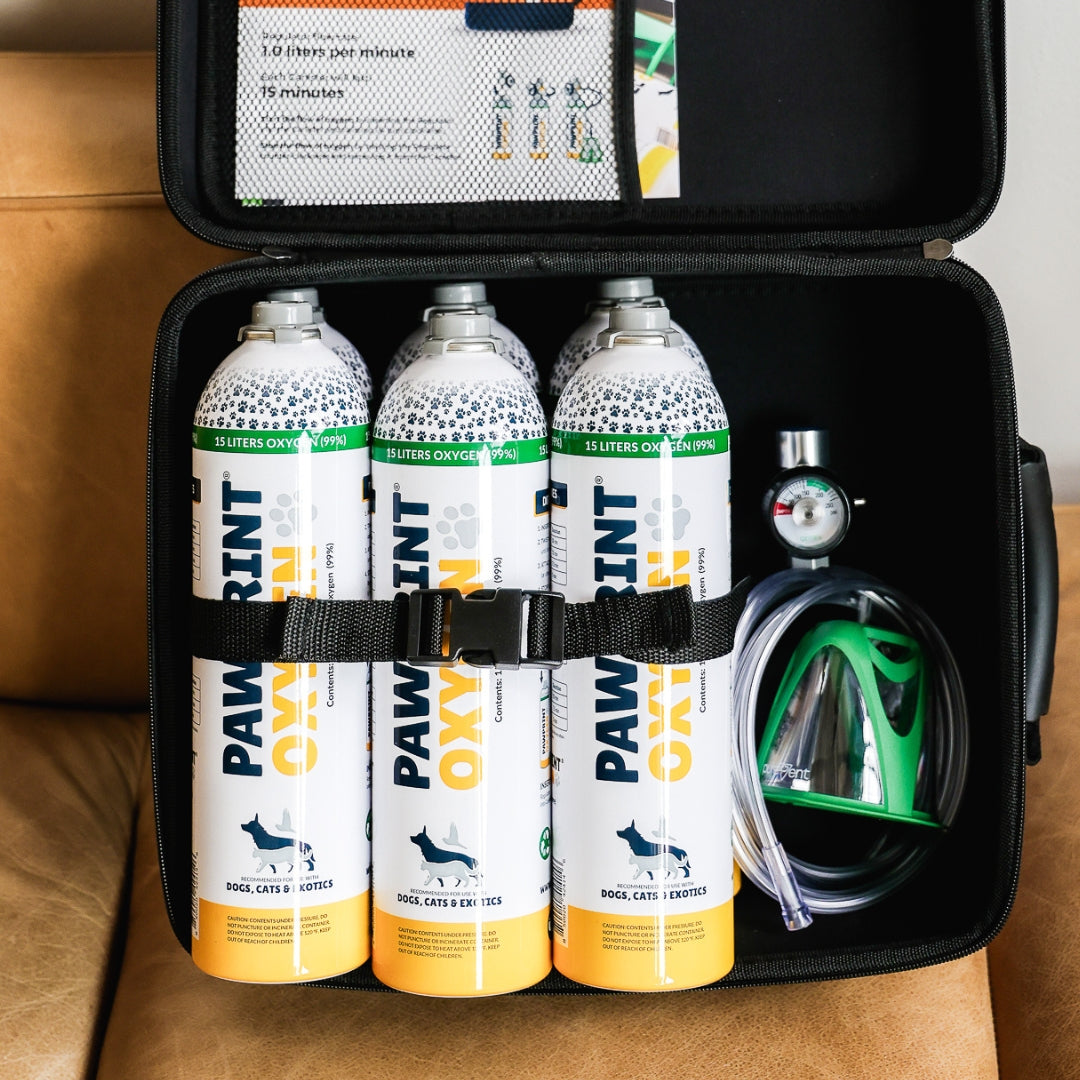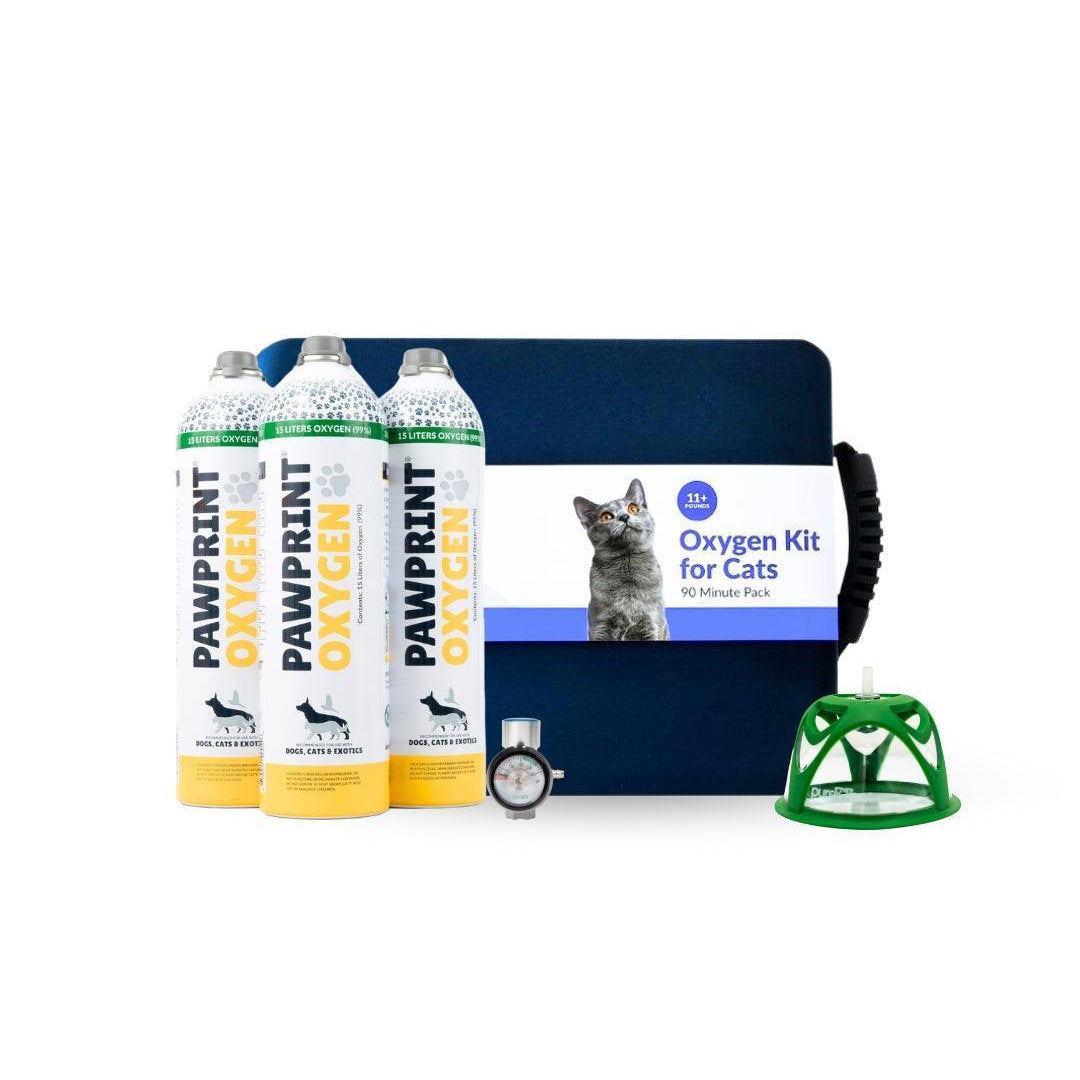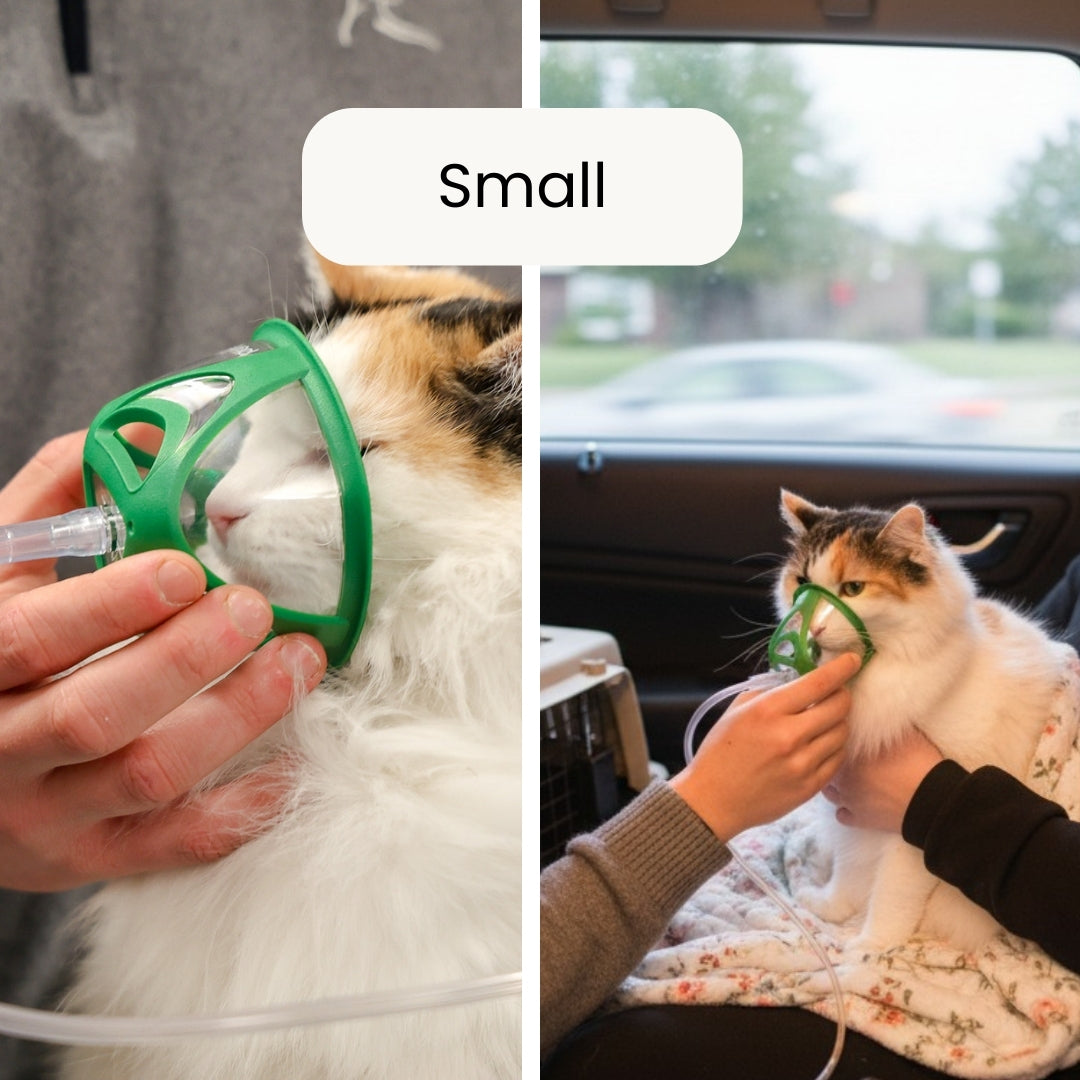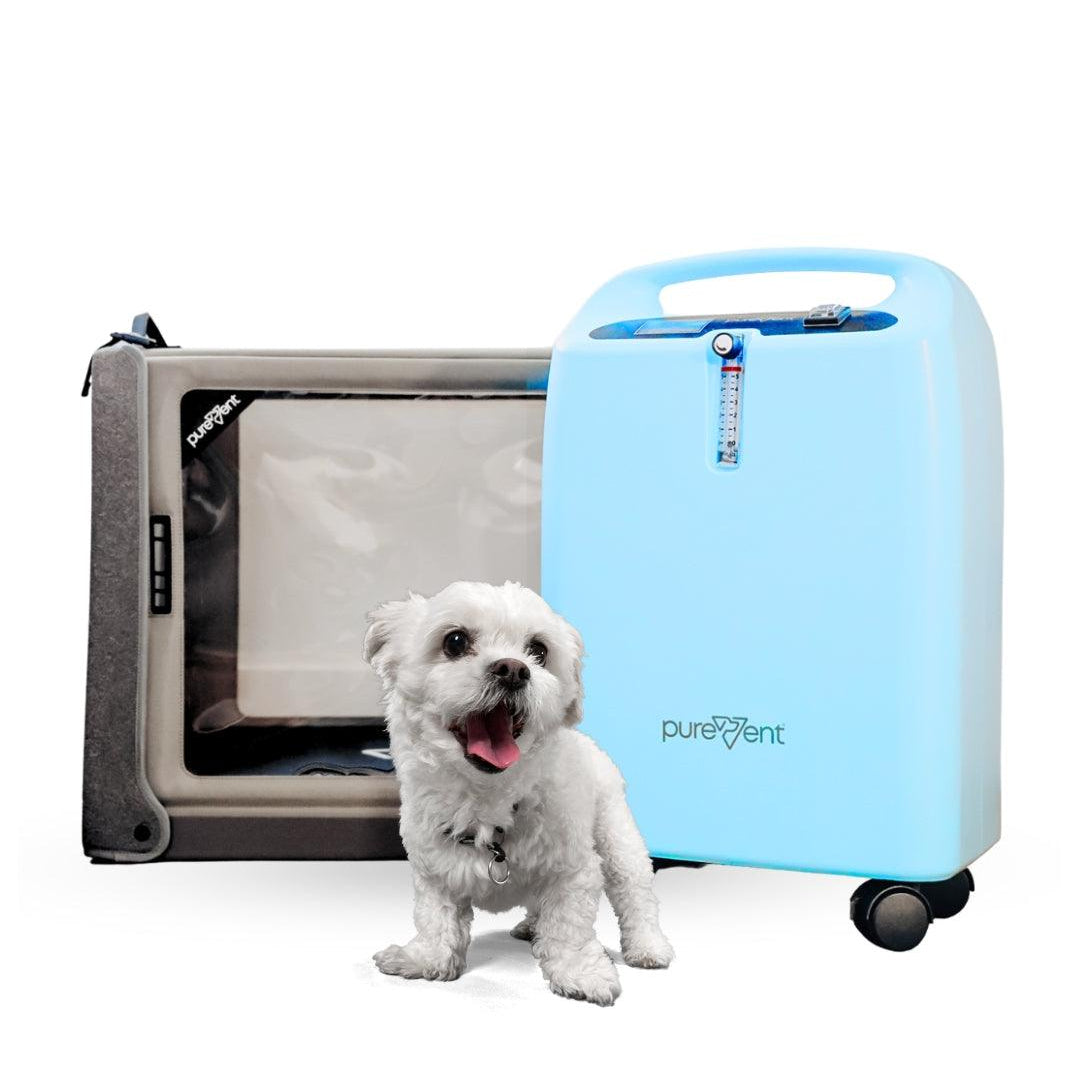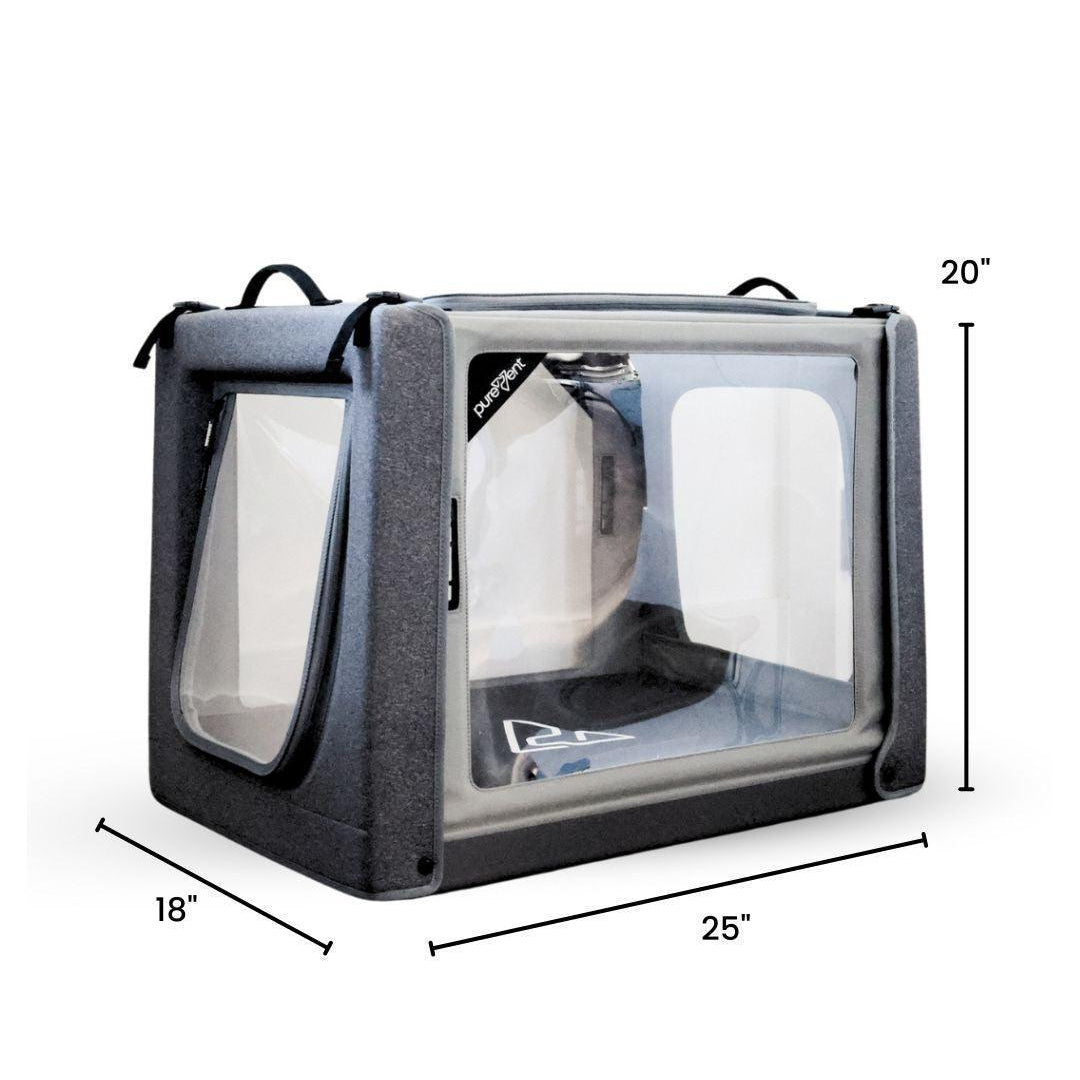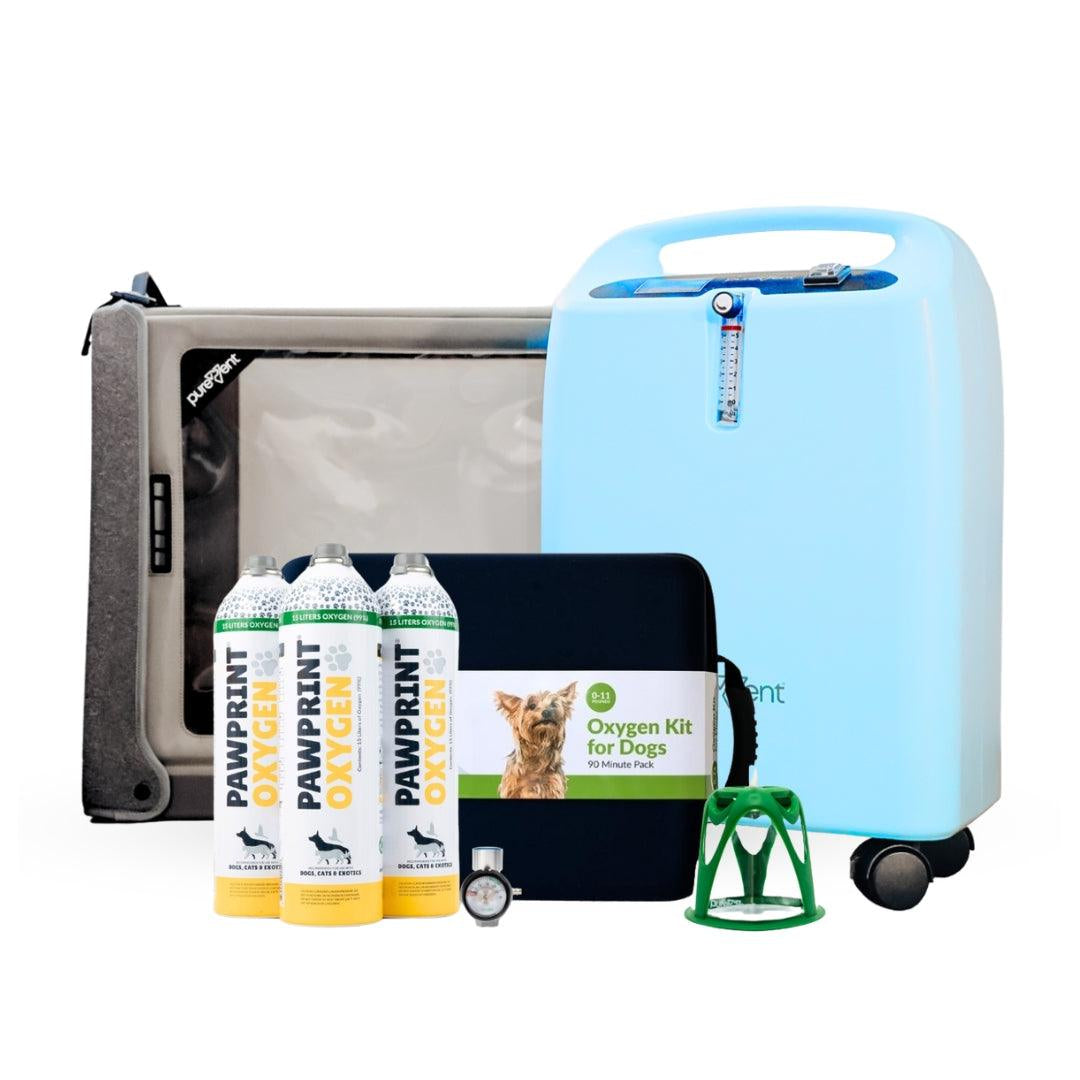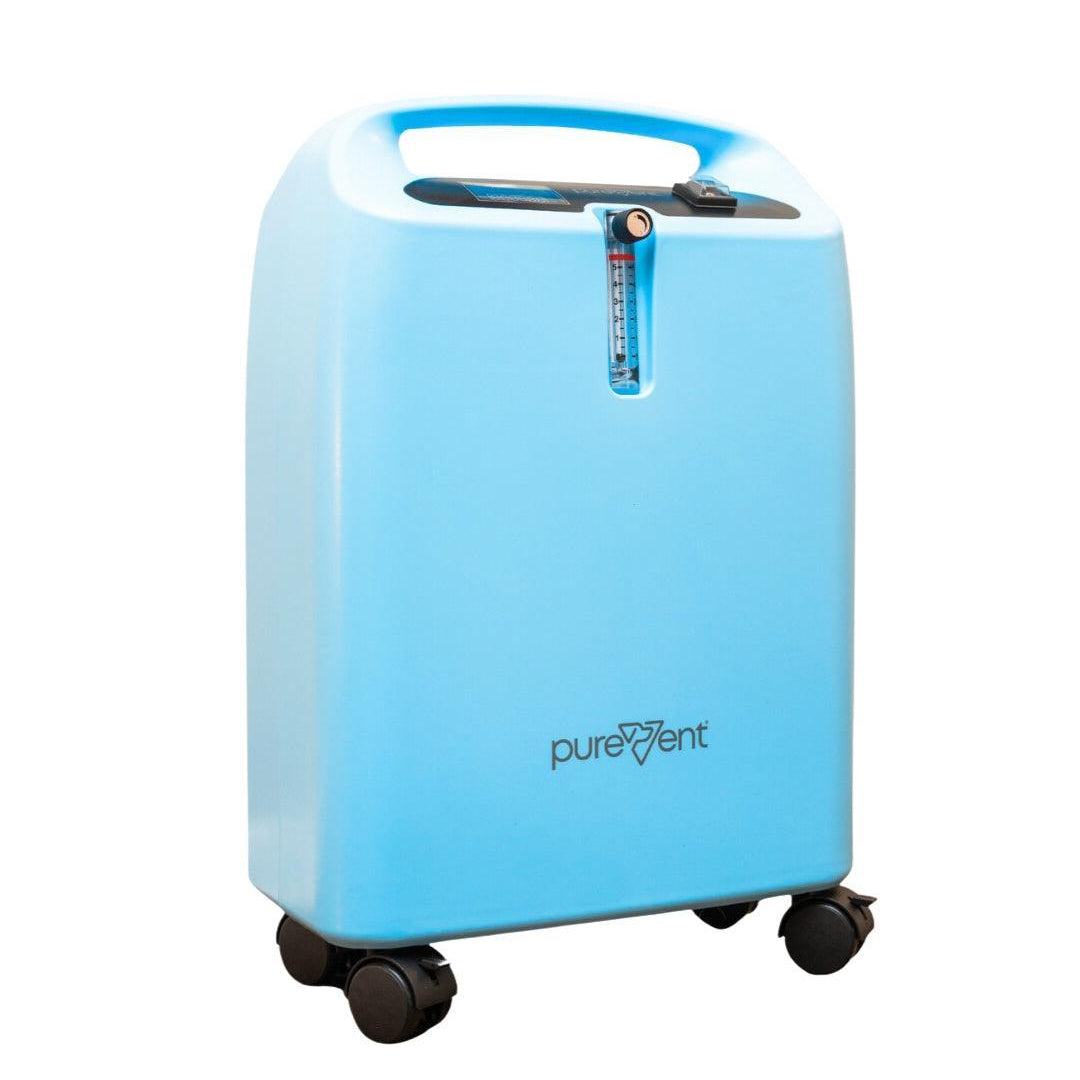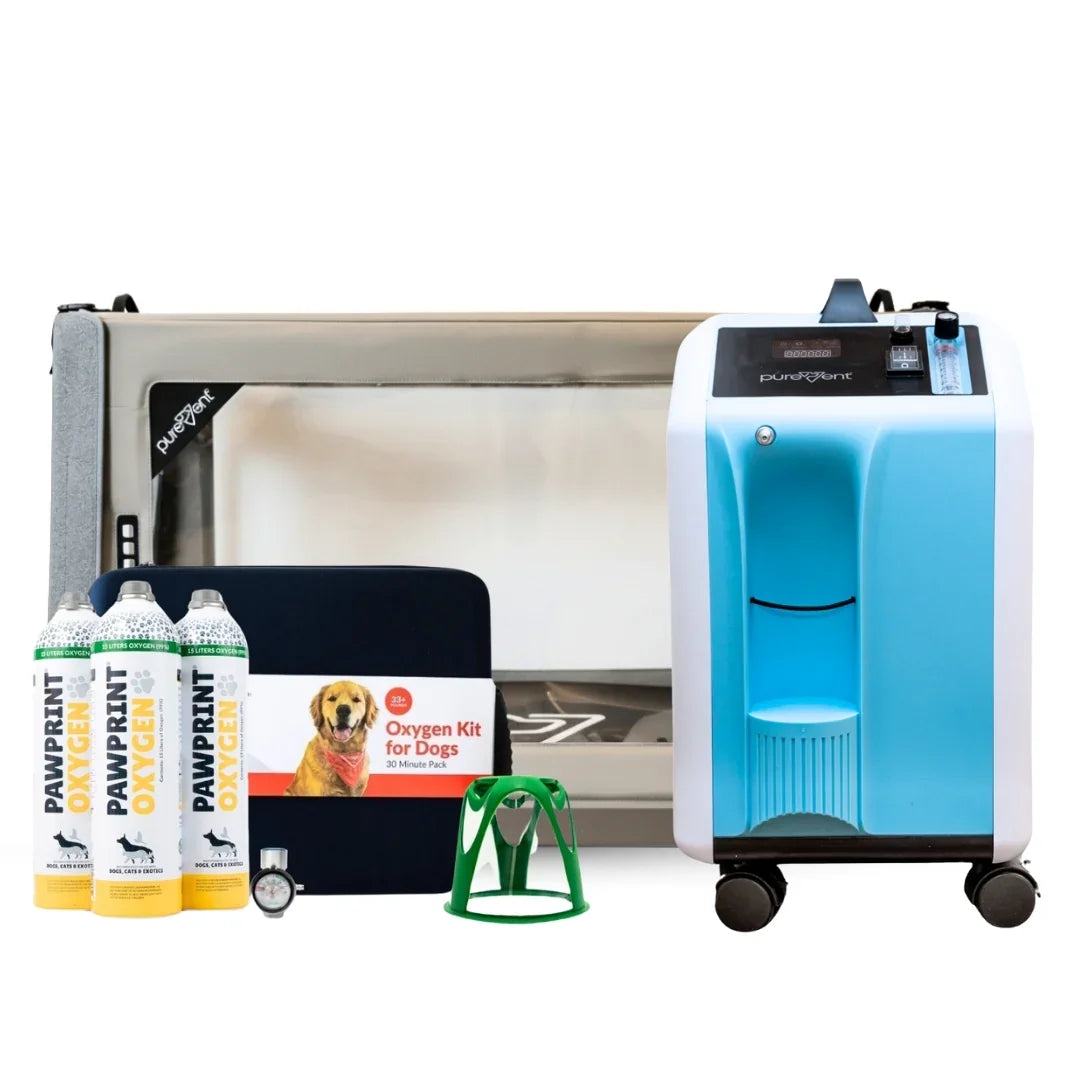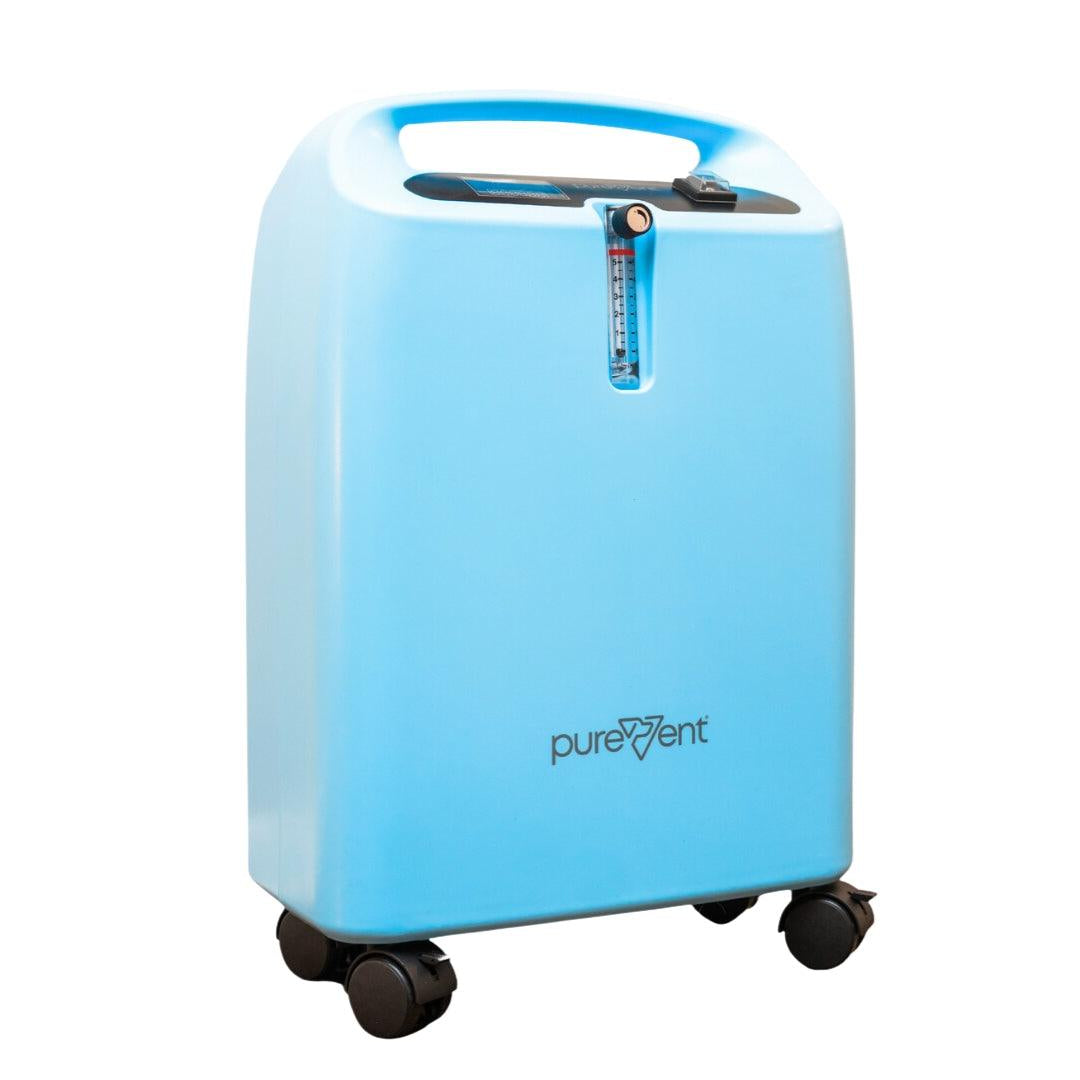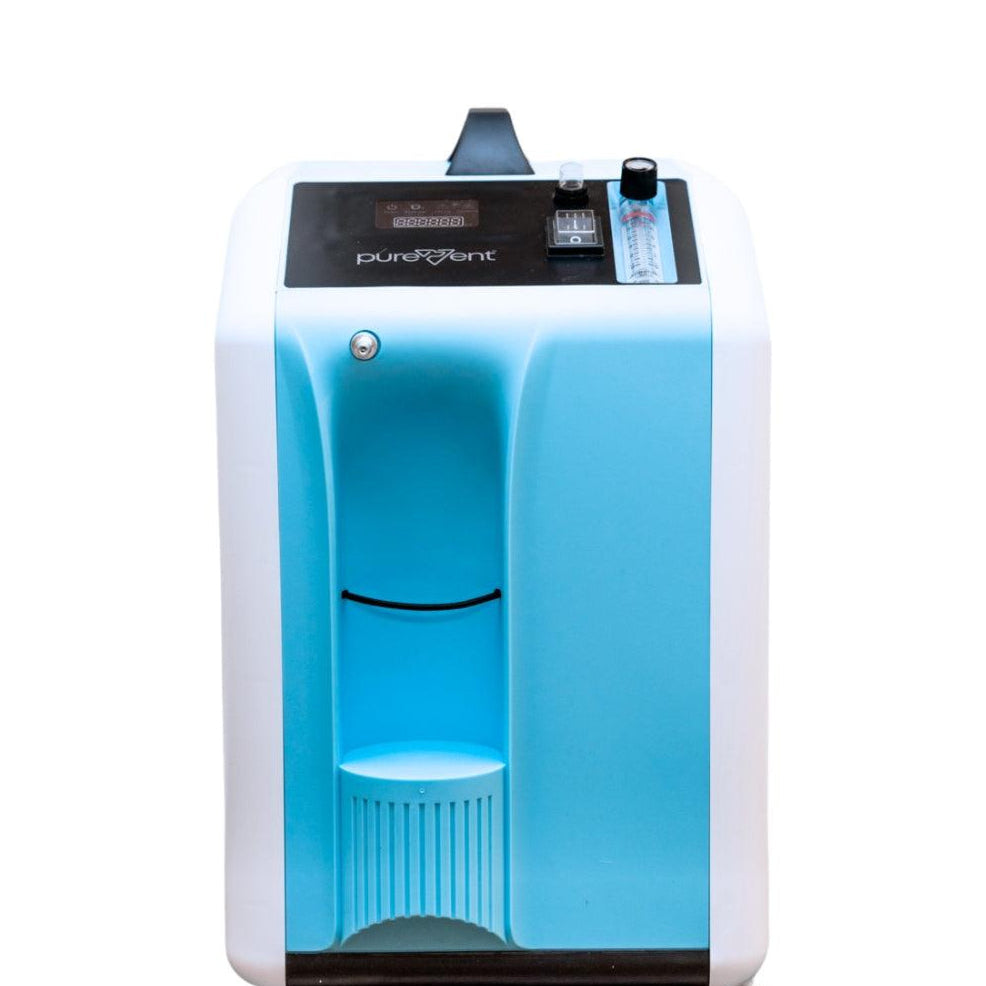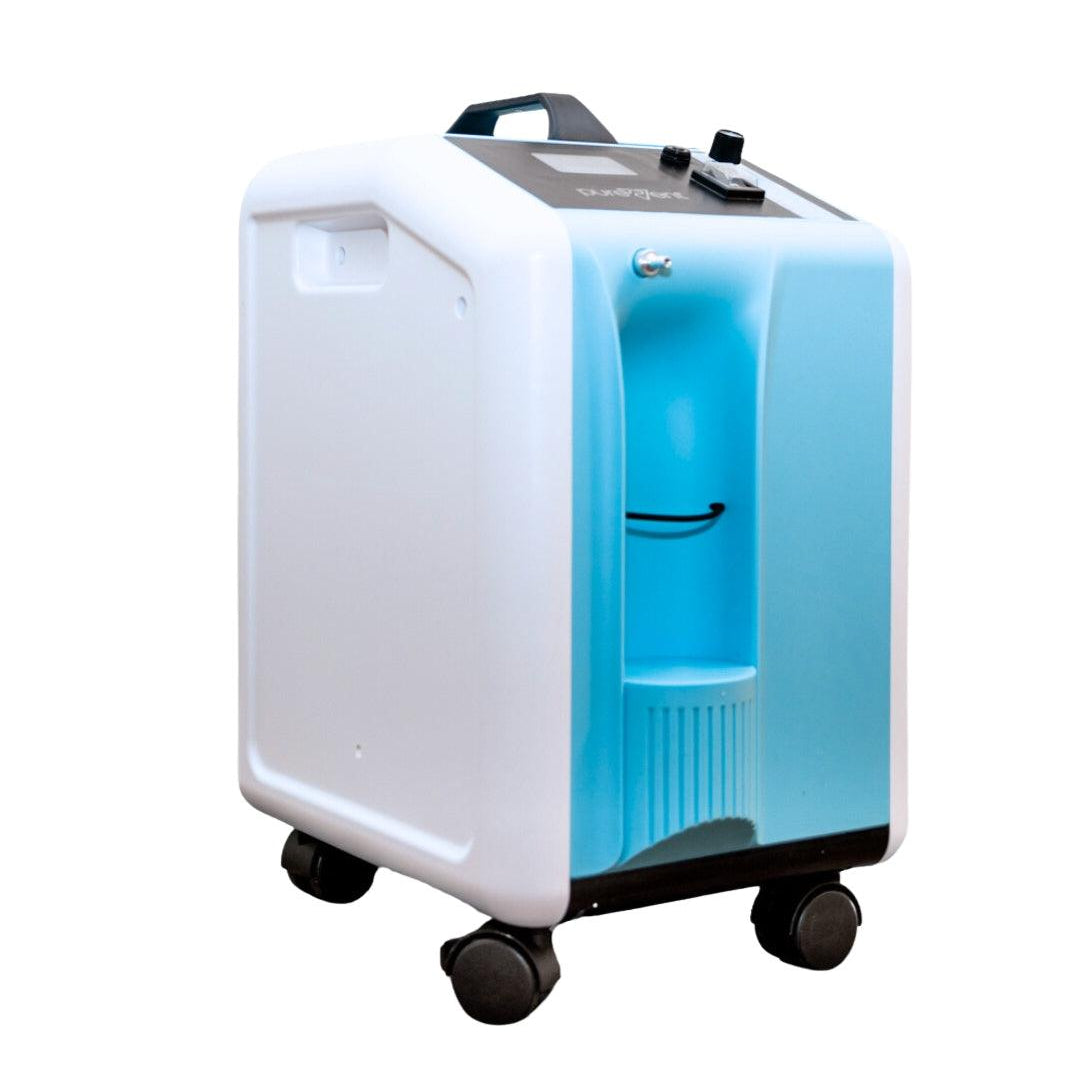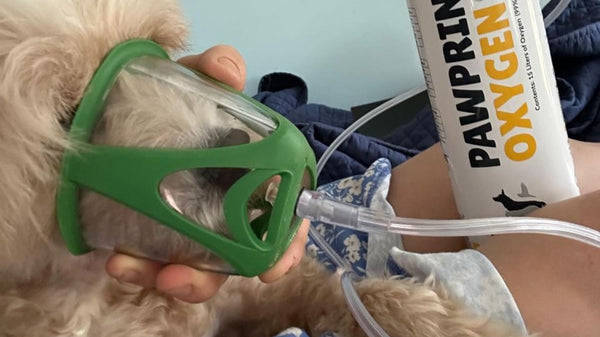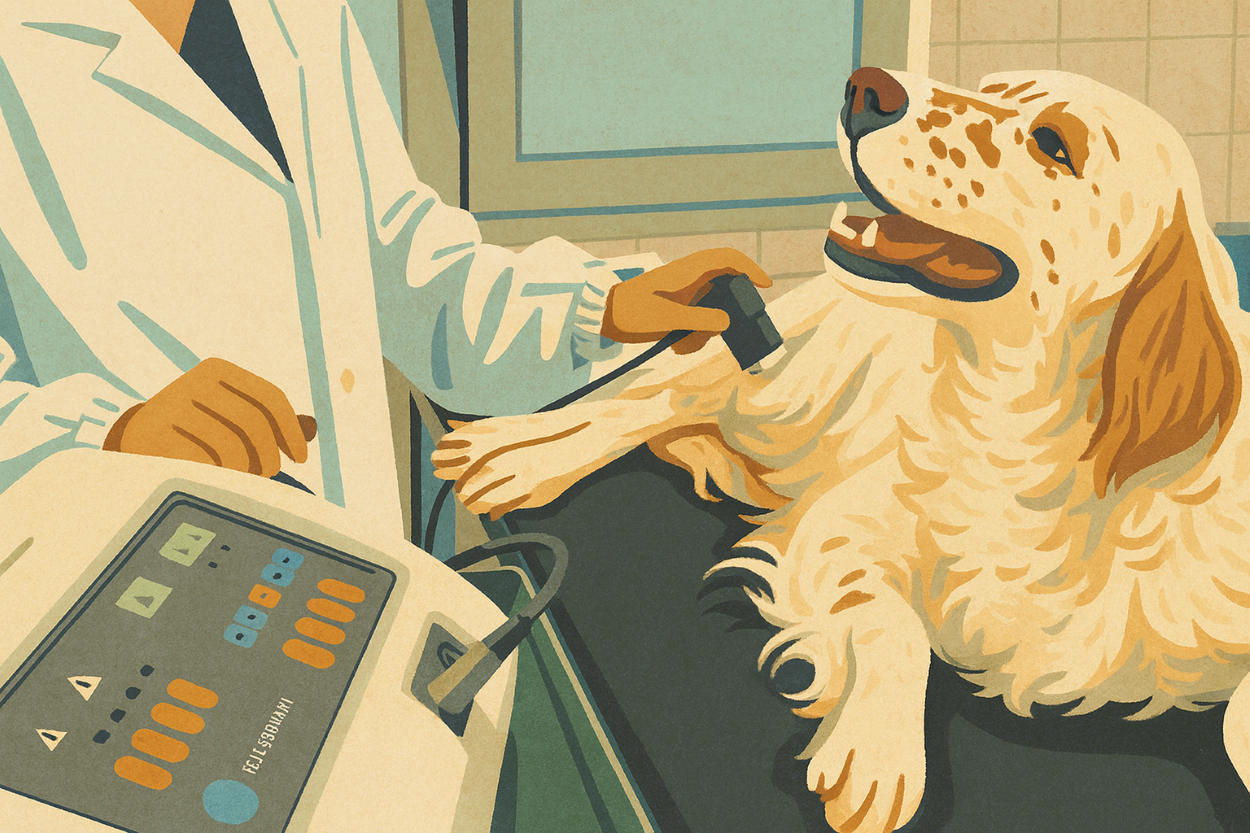Recognizing these signs early and seeking veterinary care promptly can be crucial for pets experiencing respiratory distress. If you notice any of these symptoms, contact your veterinarian immediately for guidance and appropriate treatment.
Identifying respiratory distress in pets is crucial for prompt medical intervention. Here are the common signs and symptoms to watch for:
Table of Contents
1. Increased Respiratory Rate
- Description: Rapid breathing, also known as tachypnea, is a common sign of respiratory distress. Normal respiratory rates vary by species and size, but significant increases should be a red flag.
- Example Rates: Dogs typically have a normal respiratory rate of 10-30 breaths per minute, while cats have 20-30 breaths per minute ( Today's Veterinary Practice ) ( Canine Journal).
2. Labored Breathing
- Description: Difficulty in breathing, also called dyspnea, can manifest as visibly labored or exaggerated breathing efforts. Pets might use their abdominal muscles to breathe.
- Signs: Flared nostrils, open-mouth breathing (especially in cats), and pronounced movement of the chest and abdomen can indicate labored breathing (Cornell Vet Med) (Merck Veterinary Manual).
3. Cyanosis
- Description: Cyanosis refers to a bluish tint of the gums and tongue, indicating inadequate oxygen levels in the blood.
- Significance: This is a serious sign requiring immediate veterinary attention, as it suggests severe hypoxia (lack of oxygen) (Today's Veterinary Practice) (Cornell Vet Med).
4. Changes in Behavior
- Description: Pets in respiratory distress might exhibit anxiety, restlessness, or lethargy. They may also avoid lying down or change positions frequently in an attempt to breathe more easily.
- Behavioral Signs: Pacing, inability to settle, or seeking cooler, open areas might be noted (Canine Journal) (Merck Veterinary Manual).
5. Noisy Breathing
- Description: Stridor (a high-pitched wheezing sound) or stertor (a low-pitched snoring sound) can indicate obstruction or narrowing of the airways.
- Observation: These noises are often more pronounced during inhalation or exhalation and can be heard without a stethoscope (Cornell Vet Med) (Merck Veterinary Manual).
6. Coughing and Gagging
- Description: Persistent coughing or gagging can be a sign of respiratory issues, including conditions like tracheal collapse, bronchitis, or heart disease.
- Symptoms: A dry, hacking cough, especially if it worsens with activity or at night, can indicate respiratory distress (Today's Veterinary Practice) (Canine Journal).
7. Postural Changes
- Description: Pets in distress may adopt unusual postures to ease breathing, such as extending the neck and head or sitting with elbows spread outward.
- Positioning: The "orthopneic position" (standing or sitting with the front legs spread and neck extended) is commonly observed (Cornell Vet Med) (Merck Veterinary Manual).
Can I refill my canister after use?
Oxygen canisters cannot be refilled. Please recycle your empty canisters. You can reorder canisters at any time!
What is the shelf life on the oxygen canisters?
We have a two-year shelf life on our oxygen canisters. This shelf life is for the seal on the oxygen canister itself, not the oxygen.
Store canisters in a cool, dry place and if the seal is not tampered with, the oxygen will stay in the canister.
How long does each oxygen canister last?
Pawprint Oxygen Canisters can last up to 30 minutes. How long the canisters last is dependent on the flow rate that you’re using.
The flow rate is the “dosage” of the oxygen drug and determines the rate at which the oxygen gas leaves the canister.
Your Portable Oxygen Kit will include a regulator that is pre-set to the flow rate dictated by the weight range best for your pet. If you did not purchase a kit, and need a regulator, they can be purchased separately.
These are the durations that the canister will last for each of the flow rates:
0.5 Liters per minute: 30 minutes
1.0 Liters per minute: 15 minutes
2.0 Liters per minute: 7.5 minutes
3.0 Liters per minute: 5 minutes
Immediate Actions To Take If Your Pet Is In Respiratory Distress:
- Stay Calm: Your pet can sense your anxiety, which can exacerbate their distress.
- Assess the Environment: Ensure your pet is in a cool, calm environment. Remove any potential stressors or allergens.
- Minimize Movement: Keep your pet as calm and still as possible to reduce their oxygen demand.
- Check for Obstructions: If it's safe to do so, check your pet's mouth and throat for any foreign objects that could be causing an obstruction.

Emergency Veterinary Care
- Contact Your Veterinarian: Call your vet immediately to describe the symptoms and get advice on whether to come in or if there are any immediate steps you should take at home.
- Emergency Transport: If advised, transport your pet to the nearest veterinary clinic or emergency animal hospital. Keep your pet calm and avoid putting pressure on their chest or neck during transport. This is when you would use your portable oxygen kit.
Main Causes of Respiratory Distress in Pets and Prevention Methods
Respiratory distress in pets can stem from a variety of causes, ranging from infections and diseases to environmental factors. Here are the main causes and ways to potentially prevent them:
1. Chronic Diseases
- Causes:
- Heart Disease: Conditions like congestive heart failure (CHF) can lead to fluid buildup in the lungs.
- Chronic Bronchitis: Long-term inflammation of the airways.
- Asthma: Common in cats, causing bronchoconstriction.
- Prevention:
- Regular Vet Check-ups: Early detection and management of chronic diseases.
- Weight Management: Keeping pets at a healthy weight to reduce stress on the heart and lungs.
2. Allergies
- Causes:
- Environmental Allergens: Pollen, dust mites, mold.
- Food Allergies: Certain ingredients can trigger respiratory symptoms.
- Prevention:
- Allergy Testing: Identifying specific allergens to avoid.
- Air Purifiers: Using air purifiers to reduce airborne allergens.
- Hypoallergenic Diets: If food allergies are suspected, consult a vet for an appropriate diet.
3. Congenital Conditions
- Causes:
- Brachycephalic Syndrome: Common in breeds like Bulldogs and Pugs, causing narrowed airways.
- Tracheal Collapse: More common in small breeds like Yorkshire Terriers.
- Prevention:
- Breeding Practices: Avoid breeding animals with known genetic respiratory issues.
- Weight Management: Maintain a healthy weight to reduce the burden on the respiratory system.
- Surgical Interventions: In some cases, surgery can correct anatomical issues
About Sean Smarick, VMD, DACVECC
Dr. Sean Smarick received his Doctor of Veterinary Medicine from the University of Pennsylvania in 1991. He then completed a residency in Veterinary Small Animal Emergency and Critical Care at the University of California, Davis in 2003 and, in the same year, became a Diplomat of the American College of Veterinary Emergency and Critical Care. In his 30 years of practice, Dr Smarick has enjoyed being in the ICU and emergency rooms of private and university practices, participating in CPR and clinical research, contributing to journals and textbooks, training residents and interns, and serving on the board of several veterinary businesses and organizations. Dr. Smarick currently serves as the Post-Cardiac Arrest Care Domian Chair of RECOVER , as a Trustee on the Board of the PVMA , and as a commissioned Veterinary Corps Officer in the US Army Reserves. In addition to providing local and national instruction to handlers, paramedics and veterinarians, he is involved in pre-hospital veterinary care as a member of the VetCOT ATLS and education committees, the K9 TECC working group , and on the board of NAVEMS.


